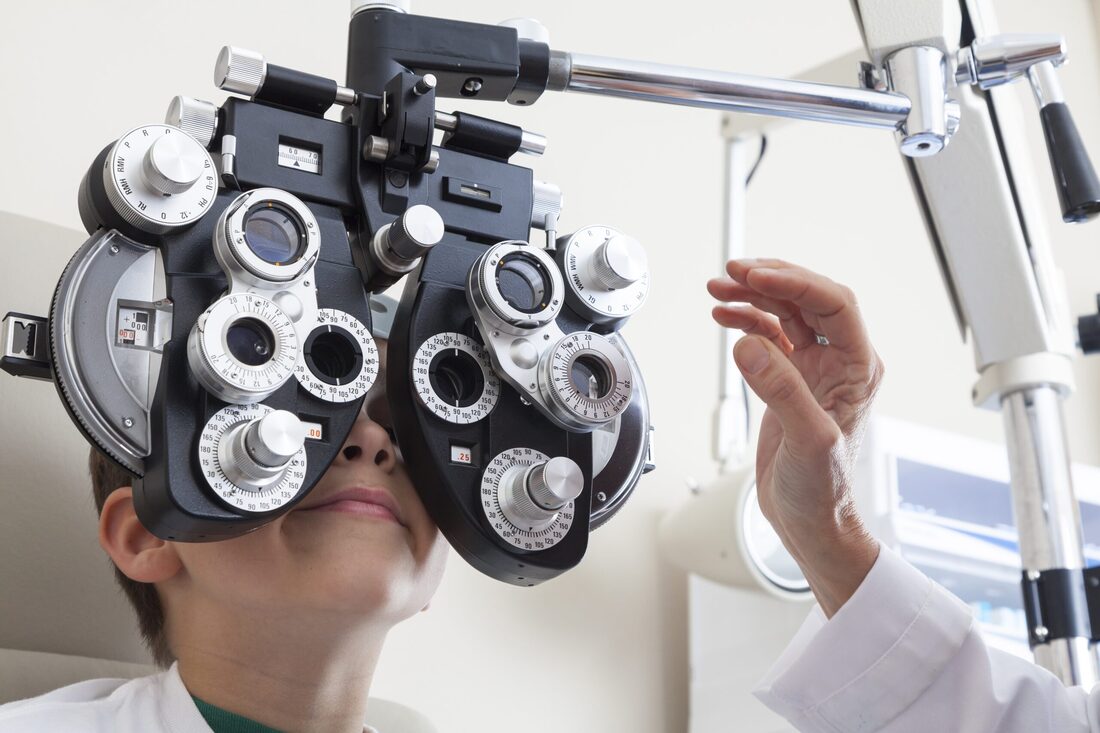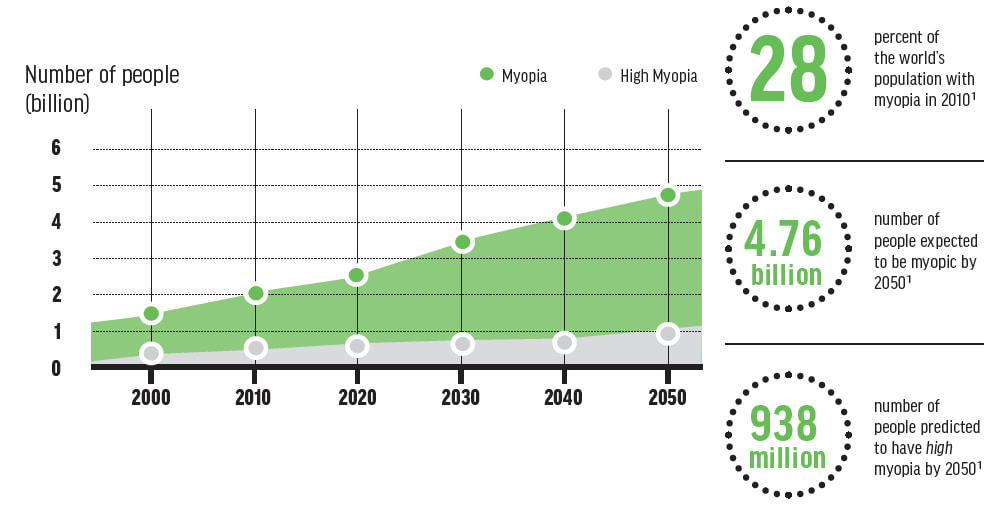09.10.2024
1 in 3 Children Are Now Nearsighted Globally
The study, published in the British Journal of Ophthalmology, analyzed the results of 276 studies that involved more than 5.4 million children from 50 countries across six continents. According to the numbers, those with nearsightedness rose from 24 per cent in 1990 to almost 36 per cent as of last year. But projections by the study’s researchers showed the number could hit almost 40 per cent in 2050. The number of myopia cases is expected to exceed 740 million by 2050 among this age group. The study said the increase was “notable” after the height of the COVID-19 pandemic, pointing to countries implementing lockdowns that sent many children to learn online indoors. It said there has been concern a decrease in outdoor activity and an increase in screen time due to these “extended periods of staying indoors” may have had a potential negative impact on eye health. Depending on the country, the research found the estimated prevalence varied across continents, with Asia exhibiting the highest at about 35 per cent and Latin America and the Caribbean on the opposite end sitting at almost four per cent. Short (near)-sightedness (myopia), which describes difficulty seeing objects at a distance, typically starts in early childhood and tends to worsen with age, explain the researchers. It has emerged as a major public health concern.
Credit: Brut.
Credit: Brut.
Poverty deprives people of adequate education, health care and of life's most basic necessities- safe living conditions (including clean air and clean drinking water) and an adequate food supply. The developed (industrialized) countries today account for roughly 20 percent of the world's population but control about 80 percent of the world's wealth.
Poverty and pollution seem to operate in a vicious cycle that, so far, has been hard to break. Even in the developed nations, the gap between the rich and the poor is evident in their respective social and environmental conditions.
Poverty and pollution seem to operate in a vicious cycle that, so far, has been hard to break. Even in the developed nations, the gap between the rich and the poor is evident in their respective social and environmental conditions.

















